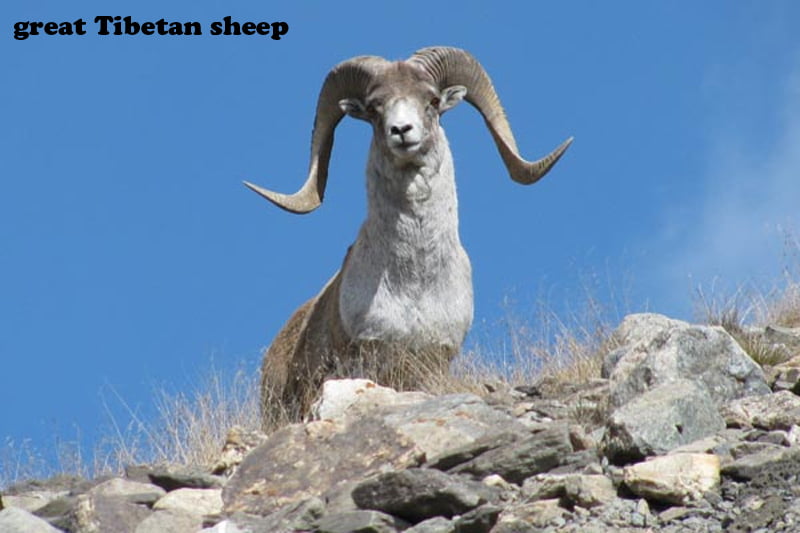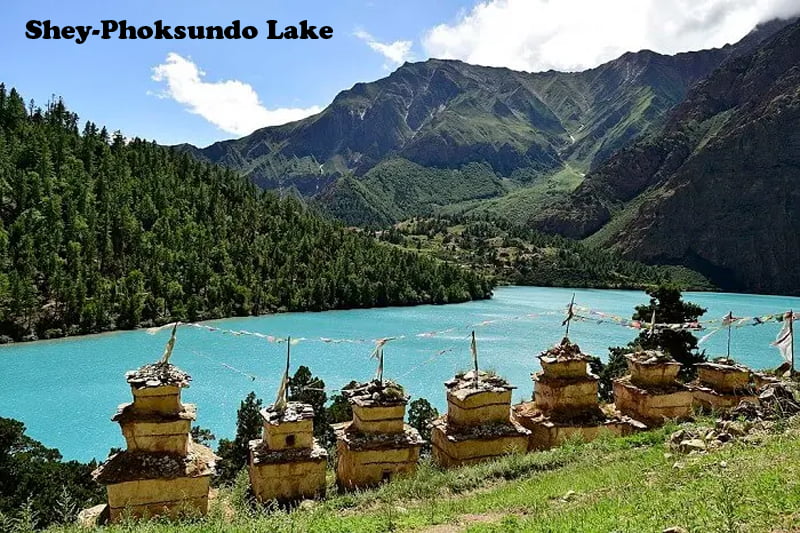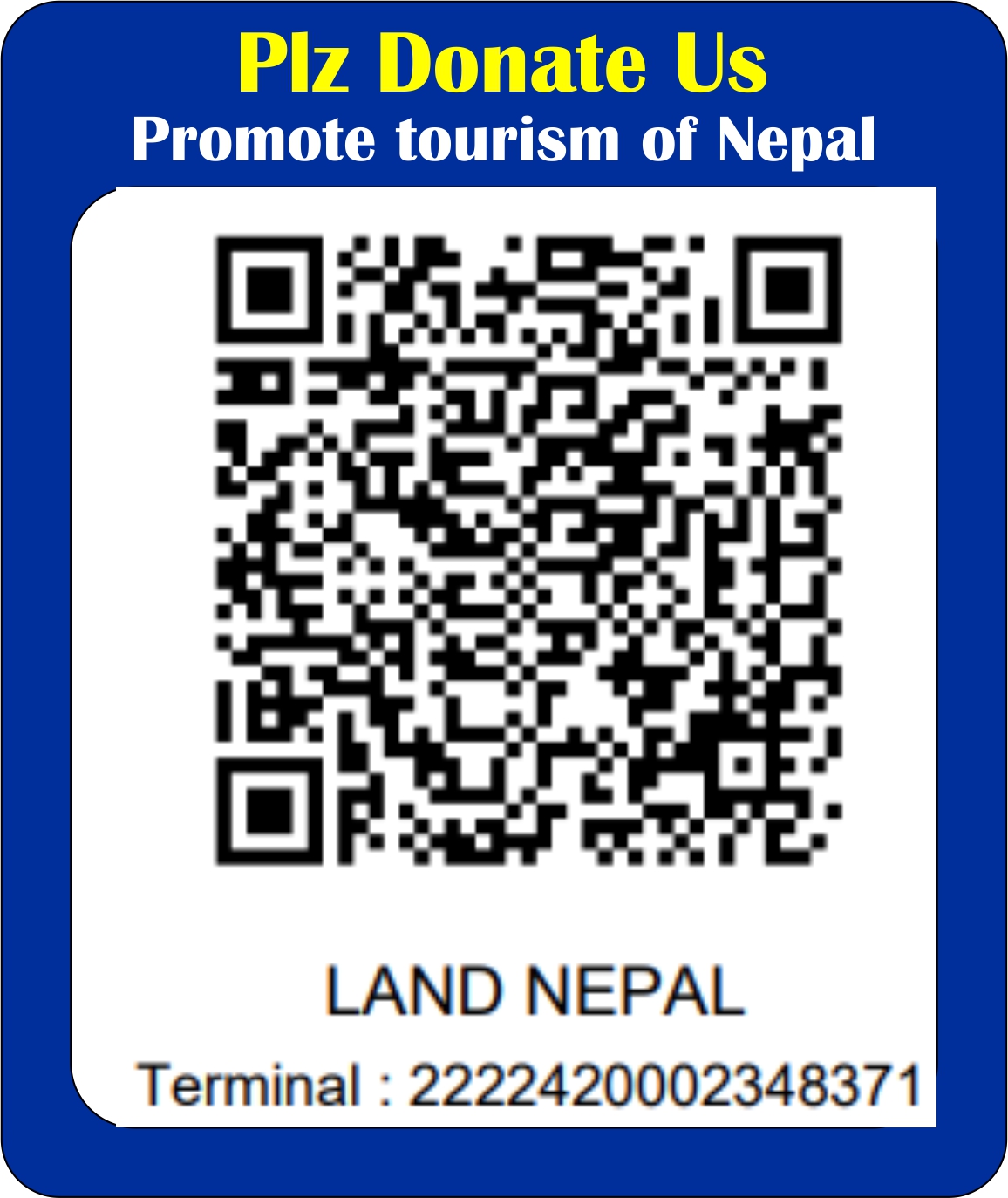If you enjoy beautiful natural landscapes and hiking paths, Shey-Phoksundo National Park is one of the great destinations on the planet from which you will not want to go back.The SheyPhoksundo national park is one of the most beautiful mountain parks in the world, comparable to the other national parks. It is located in northwest Nepal’s Trans-Himalayan region.
Features: It is Nepal’s biggest National Park, encompassing 3,555 square kilometers and was founded in 1984 with the goal of preserving a unique Trans-Himalayan habitat rich in flora and wildlife.The park’s elevations range from 2,130 meters in Ankhe to 6,883 meters at KanjirobaHimal’s top. The park is mostly north of the Himalayan crest. Phoksundo Lake, Nepal’s deepest and second-largest lake, is located in Suligad’s upper reaches. The country’s tallest waterfall is located near the lake’s mouth. The Khung, Nmajung, and Panjang Rivers, as well as the Suligad and Jugdual Rivers, run through the park.SheyPhoksundo National Park is noted for its beautiful landscapes and magnificent mountain panoramas. It is not only Nepal’s largest but also its only trans Himalayan National Park. From the massive Himalayas to turquoise lakes and lonely hamlets, this park has everything that tourists could possibly hope for.
Climate: The park experiences a broad range of climatic conditions due to its location on both the northern and southern sides of the Himalayan crest. Although the Dhaulagari and Kanjiroba Ranges provide a tremendous barrier keeping most of the rain from reaching the Trans-Himalayan area during the monsoon (July-September), the area receives the majority of its precipitation at this time.Because it is located in a trans-Himalayan zone, the park’s climate ranges from monsoon-dominated to dry. While precipitation exceeds 1,500 mm in the park’s southern part, it is less than 500 mm on the park’s northern slopes. The park’s winters are severe, with snowfall occuring above 2,500 meters. The park’s temperature drops below freezing at elevations over 3,000 meters.
Flora and Fauna: Within the park, the vegetation is highly diversified. The top Himalayas and Trans-Himalayan slope lands are barren, with just a few rhododendron and caragana plants, while the high Himalayan meadows are dominated by Salix, Juniper, white Himalayan birch, and the odd silver fir.Less than 5% of the park is wooded, with the majority of it being in the south. Blue pine, spruce, hemlock, cedar, silver fir, poplar, rhododendron, and bamboo make up the SuligadVally’s flora. In addition, there are 286 ethnobotanical species in the park.Yellow-throated marten, Tibetan partridge, wood snip, white-throated tit, wood accentor, and crimson-eared rose finch are among the more than 200 bird species found in the area.
Culture: More over 9,000 people live in the park, and their communities are among the world’s highest communities. The majority of the park’s residents follow Bon Buddhism, an ancient religion having origins in both Animism and Buddhism. The Bon-po religion, which serves as the cultural foundation for Tibetan Buddhism, was created 18,000 years ago under the Zhang Zung Empire, which is now located in western Tibet.
Facilities: In Dunai, Sangta, Chhepka, and Ringmo, local lodging is available. Throughout the park, there are campsites with garbage cans, bathrooms, and shelters. Food and limited supplies are available in trekking lodges in Dunai, Chhepka, and Ringmo. Suligad, Chhepka, PalamRingmo, and Toijem all have park offices. A modest tourist center is located at the Palam headquarters.
How to get there: The quickest method to get to the park is to fly from Nepalgunj to Dolpa’sJuphal airport, and then walk for half a day to Suligad’s park entrance. Another option is to take a helicopter flight, which is much easier but little bit expensive.
Thousands of national and international tourists complete their trekking journey around different routes here over a year and some of the adventurous routes are:
- Phoksundo Lake Trek
- SheyGompa Trek
- Helicopter Ride over the Park
SheyPhoksundo National Park is one of the most wonderful Tourism area in Nepal and it should be promoted, preserved and protected by us.
-By: Saru Niraula for Land Nepal





